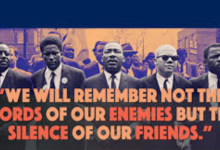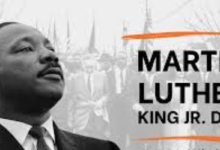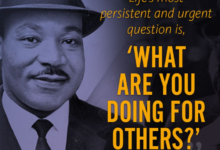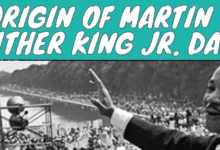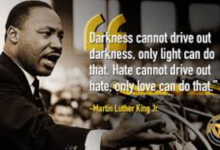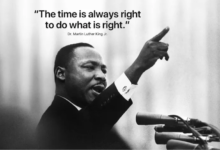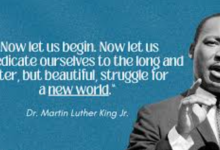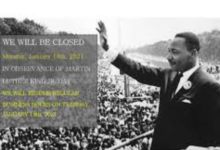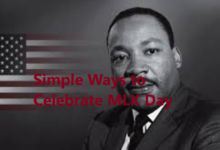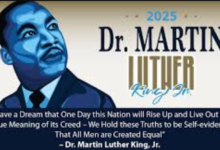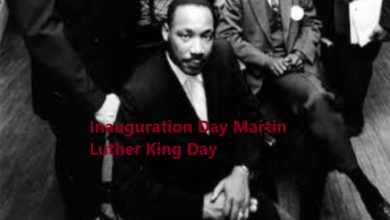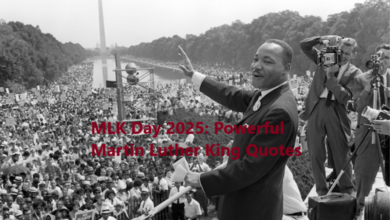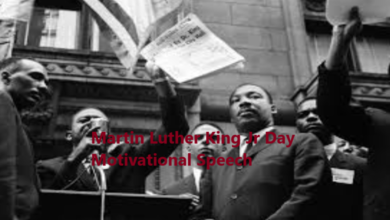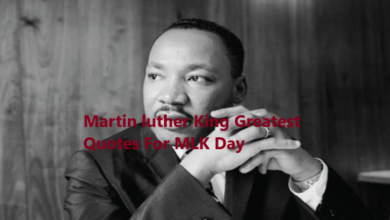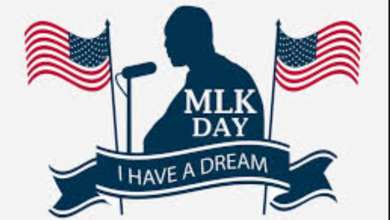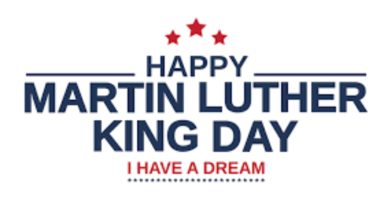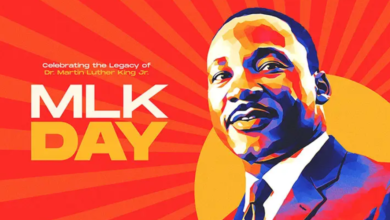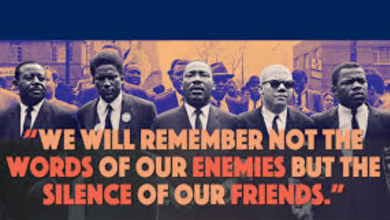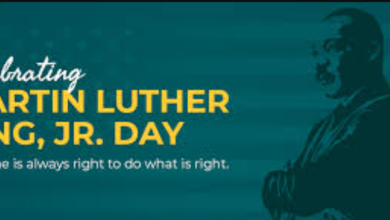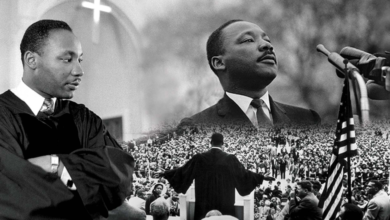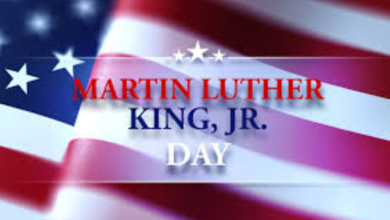Images Of Martin Luther King Jr 2025
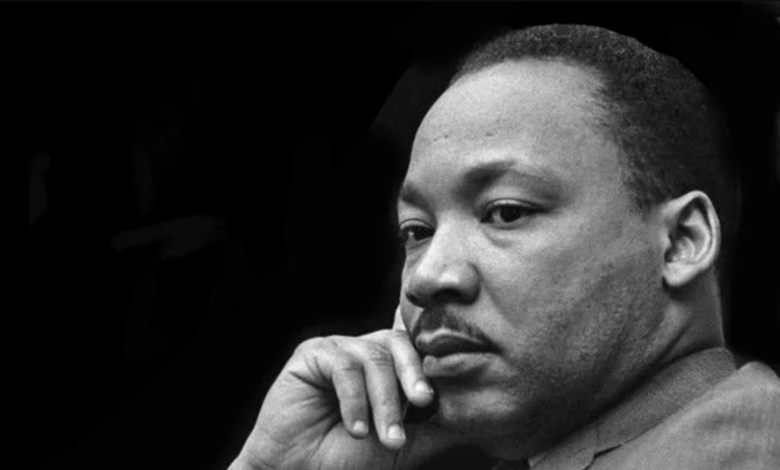
Martin Luther King Jr. remains one of the most influential figures in history, and his legacy continues to inspire generations. While his life is tied to the iconic images of the civil rights movement of the 1960s, modern digital tools allow us to gather, restore, and preserve his likeness in ways that resonate meaningfully in 2025. This post explores the power of those images—both classic and reimagined—examining why they remain essential and how technology is playing a role in honoring King’s memory.
The Enduring Power of Martin Luther King Jr.’s Imagery
Why do so many of us feel drawn to images of Martin Luther King Jr.? His pictures are more than just historical records; they are visual embodiments of powerful ideas like equality, perseverance, and hope. Whether he’s captured delivering his “I Have a Dream” speech on the National Mall or in quiet moments between marches, his photographs tell a story of a human being unwavering in his commitment to justice.
Photographs and visual representations of King serve as a bridge between past and present, transporting us to key moments in history while inspiring ongoing advocacy for human rights. Even those who didn’t live through the civil rights era have a visceral emotional reaction to black-and-white images of Martin Luther King marching against injustice or addressing massive audiences.
If these images are powerful today, what do they mean in a multimedia world in 2025, where technology allows for revival and reinterpretation?
Images of Martin Luther King Jr.: Past and Present
Historic Photos That Define History
Some photographs of Martin Luther King Jr. are instantly recognizable and still evoke meaning. Here are a few key examples:
- The “I Have a Dream” Speech (1963): Photographed standing before a quarter million people during the March on Washington, this moment captures not just King but the energy and hope of the civil rights movement.
- King Marching in Selma (1965): The linked arms and stern resolve seen during the Selma march remain a symbol of solidarity and sacrifice.
- King in Birmingham Jail (1963): Though photos are scarce, this moment has become iconic through visual reinterpretations, giving weight to his famous letter advocating nonviolent resistance.
Artistic Representations and Reinterpretations
Beyond photography, modern artists and illustrators have played a tremendous role in how contemporary audiences engage with King’s image. From street art like Shepard Fairey’s stylized posters to gallery depictions of King addressing struggles of multiple communities, the reinterpretation of his image broadens its accessibility.
Reproductions, whether through paintings or graphic representations on social media, bring King to new publics—young people who may engage first through Instagram or TikTok before heading to a library.
The Role of AI in Preserving and Enhancing King’s Imagery
AI-powered technology is revolutionizing the way we engage with visual history, including imagery of MLK. From colorizing black-and-white photos to creating enhanced online archives, these advancements make King’s legacy feel even more immediate and accessible.
- Photo Restoration: Advanced AI tools are being used to restore, colorize, and enhance older, grainy photos of King to provide new clarity.
- AI and VR Integration: Using AI, organizations like museums can combine archival imagery with VR (virtual reality) experiences to give users an immersive view of key events, such as the March on Washington.
- AI-Generated Art: Artists using text-to-image AI tools can create creative reimaginings of Martin Luther King Jr. to highlight his relevance in today’s world.
These technologies serve to preserve his legacy but also ignite fresh conversations about the enduring relevance of his work.
The Cultural Significance of MLK’s Image in 2025
Building Connections in a Divided World
King’s image represents a unifying force, even in a world increasingly marked by division. Seeing his face—whether it’s the historical photographs or modern artistic renderings—reminds us that peaceful advocacy has and can overcome injustice. It’s possible that viewers of all generations interpret these images differently but find common ground in the shared admiration for the man behind them.
Education Through Visual Media
Educational organizations are using images of MLK in innovative ways. For example:
- Interactive Digital Timelines integrate King’s photos with key events, making history more engaging for students.
- Documentaries and Video Essays upload restored versions of historical photos while giving context to the struggles MLK faced.
A Platform for Activism
Social media platforms have made MLK’s image a modern-day rallying symbol of activism. On days like MLK Day, his photos flood Instagram and Twitter feeds, captioned with quotes like “The time is always right to do what is right.” These images bring people together digitally for the same mission King worked for decades ago.
How You Can Engage with Martin Luther King Jr.’s Imagery Today
Engaging with these images isn’t passive—it’s an opportunity to connect with MLK’s vision and work toward its realization. Here are some ways you can honor his image and legacy:
- Explore Online Archives like those curated by the King Center or the Library of Congress to learn the context behind each image.
- Support Artistic Communities that reinterpret and share MLK’s message through modern creative mediums.
- Share Responsibly by crediting photographers or artists whenever posting MLK’s imagery online.
- Reflect on Activism through his photos by thinking critically about your role in society today.
Through each of these actions, we continue to amplify King’s ethos, keeping his dream alive and relevant.
